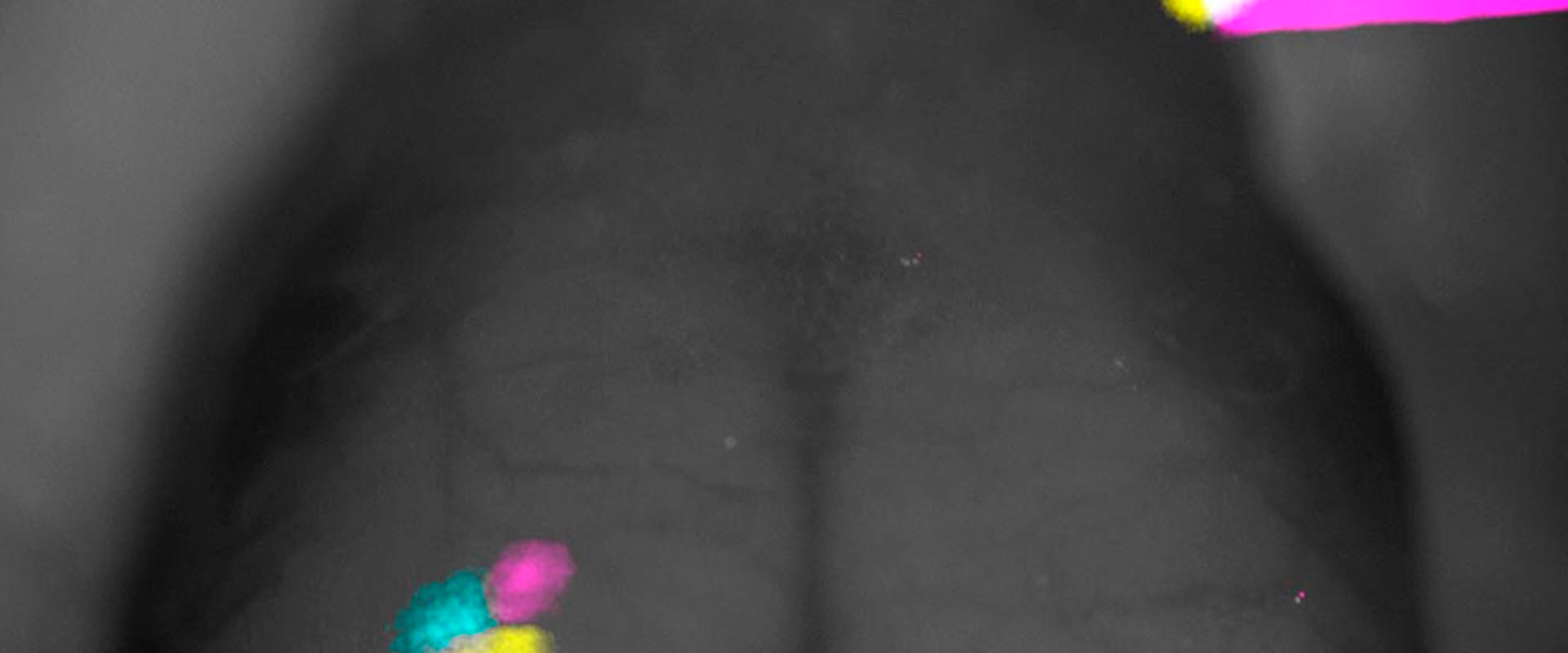Emergent Growth Cone Responses to Combinations of Slit1 and Netrin 1 in Thalamocortical Axon Topography
A joint collaboration from IN researchers and the INSERM (Paris) has found a key mechanism that ensures the development of a major axonal connection in the brain.
The functioning of the nervous system relies on the establishment of axonal tracts that follow complex trajectories. However, how guidance cues are integrated during the formation of these axonal tracts remains largely unknown. Thalamocortical axons, which convey sensory and motor information to the neocortex, have a rostrocaudal topographic organization initially established within the ventral telencephalon. In this study the authors show that this topography is set in a small hub, the corridor, which contains gradients guidance cues such as Slit1 and Netrin 1. Using in vitro and in vivo experiments, these authors found that Slit1 is a rostral repellent that positions intermediate thalamocortical axons. For rostral axons, while Slit1 is also repulsive and Netrin 1 has no chemotactic activity, the two factors combined generate attraction. These results show that Slit1 has a dual context-dependent role in thalamocortical pathfinding and furthermore reveals that a combination of cues produces an emergent activity that neither of them has alone. This study thus provides a novel framework to explain how a limited set of guidance cues can generate a vast diversity of axonal responses necessary for proper wiring of the nervous system.

 Español
Español
